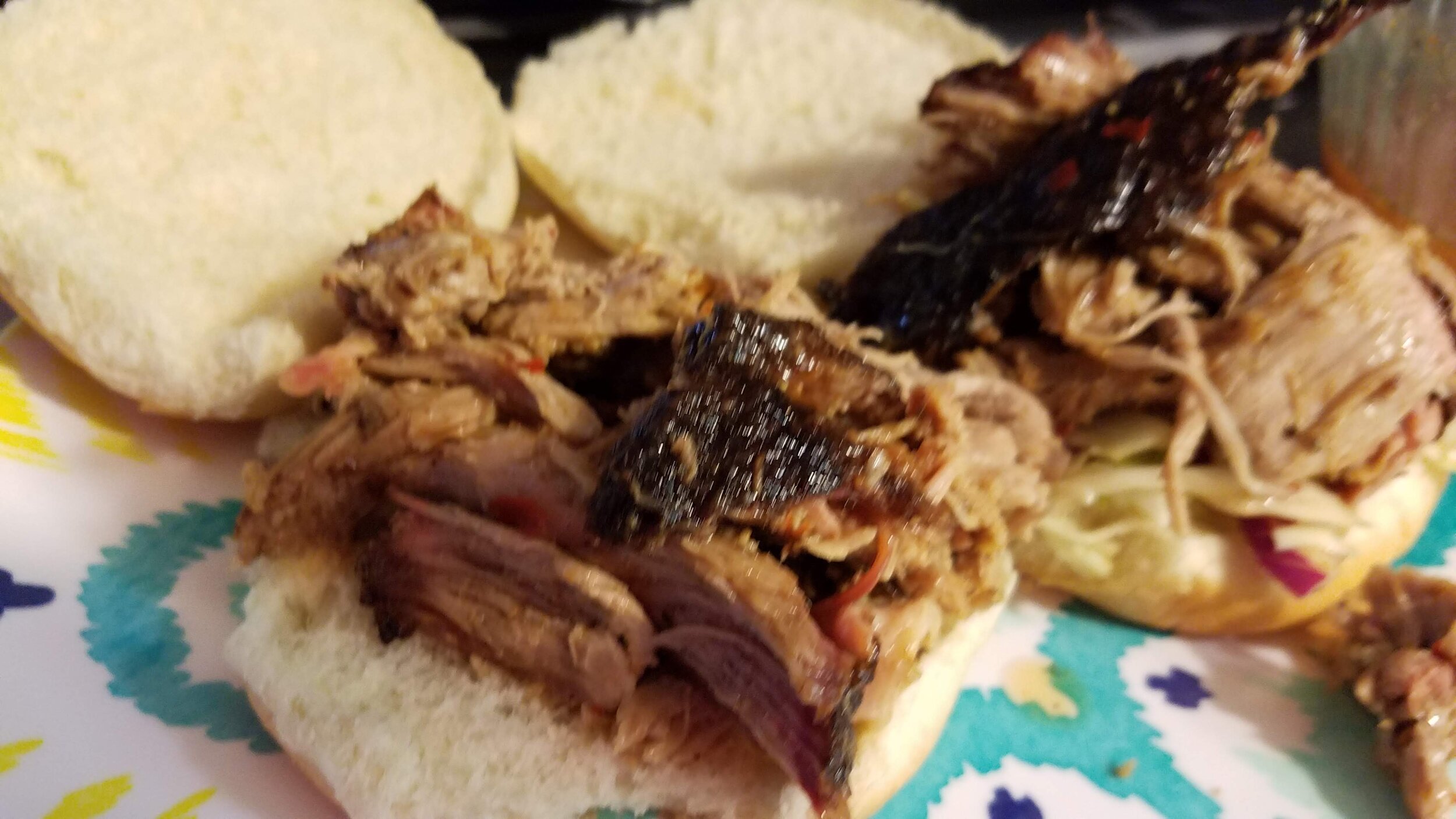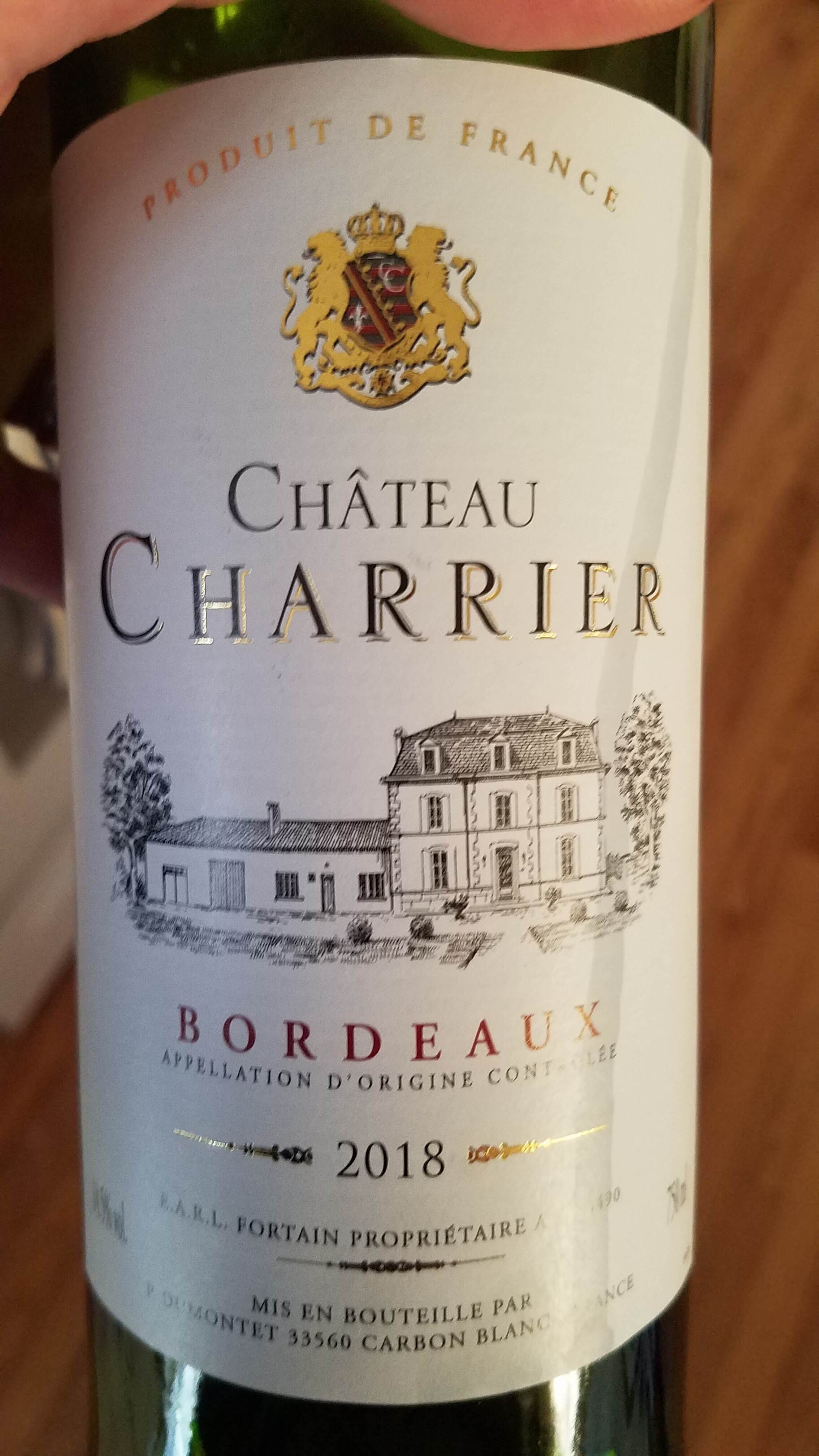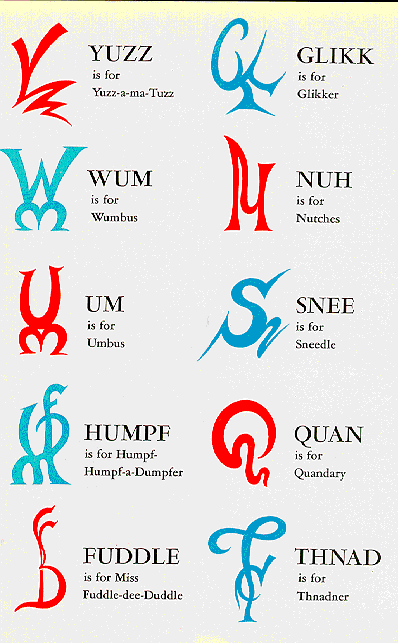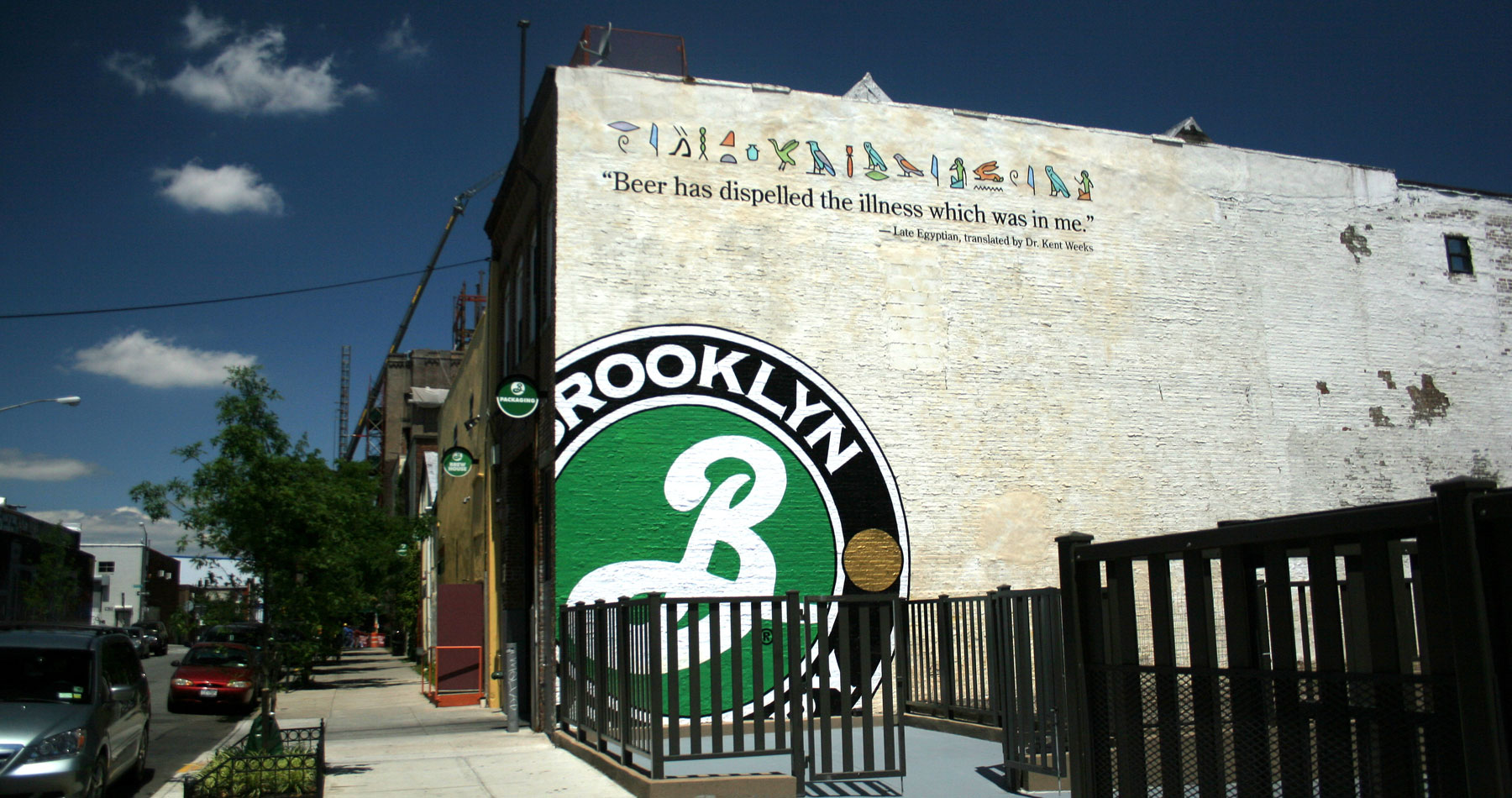But today, I focus on the other part of my own cultural makeup. That is correct, I am not 100% Italian. My family history also traces back to one of Europe's most popular battlegrounds, Belgium. Yes, Belgium. Outside of my own family, I know of no one else in my social circle who is Belgian, and I love it. The reason for a post about Belgium today is that my one surviving grandparent (my father's mother) just celebrated her 92nd birthday this week. A Belgian native, she came to the U.S. in rather dramatic fashion, being whisked away as a teenager from the perils of World War II by my grandfather. They fell in love, started a family in pre-gentrified Brooklyn, New York, and the rest is history.
This story compelled me to learn more about this "Low Country," both as a kid and as an adult. I did research projects for grade school on World War II (where my grandmother was an unbelievable resource). I went to Belgian cafes and restaurants; Monk's Cafe in Philadelphia is one that immediately comes to mind as a great place for beers and Belgian cuisine.
Here at Flight School wine is a big part of what we discuss, but wine is not made in any real quantity in Belgium. It is, however, consumed at a rate of about 30L per capita (or three times that of the United States). Perhaps this explains my affinity for adult grape juice, but let's not forget about those delightful Belgian beers.
Trying to describe and pinpoint one style of Belgian beer is nearly impossible, sort of like blanketing "Italian wine," because you have a ton to choose from in the Belgian category. You could find any of the following: Trappist-style and Abbey-style; Blonde, Pale, Strong Pale and Strong Dark; Dubbel, Tripel and Quadrupel; Saison, Lambic, Flemish Sour Brown and Flemish Red...the list goes on. Now I am no authority on such subject matter, but if you need a resource I highly encourage you to visit the Beer Advocate style page. You will get to know all of the differences in styles and see examples from a wide range of producers.
As for spirits, Gin and fruit liqueurs are what you will typically find here in the United States. Prior to gin, Belgium was producing the predecessor to gin known as Jenever, which a distilled malt wine that has a richer, earthier flavor than gin's refreshing aromatic character. Within the last year, I encountered Belgian gin for the first time...and I couldn't have been happier to have done so.
From a food standpoint, mussels cooked in beer are one of my favorites. Sausages, pommes frites, and countless other seafood are delicious, too. You also can't forget about a huge array of chocolate and pastries for dessert.
So I raise a glass to my grandmother today with some tasty choices for you to try.
Saison Dupont ($10, 750 mL): Golden, citrusy, yeasty, and light-bodied with a touch of hops. An easy one to knock down, and the first Belgian beer I ever tasted.




















































































